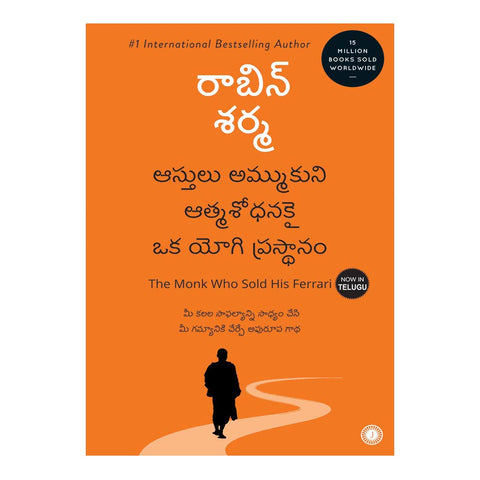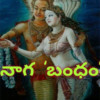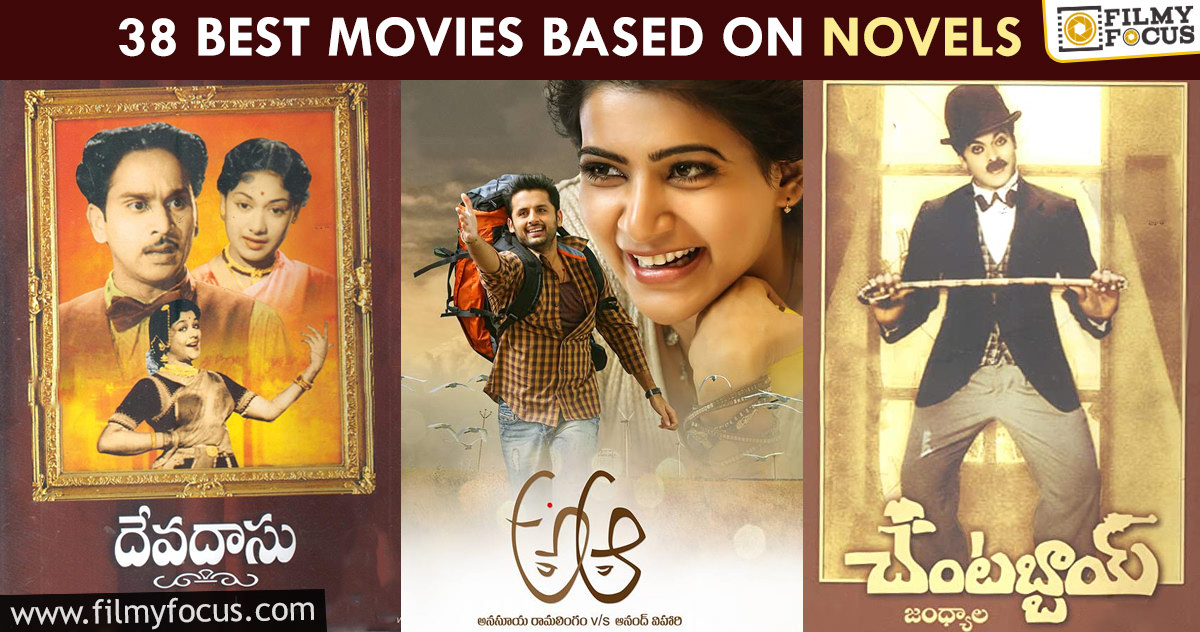

Dvipada means 'two feet'-a couplet- and sataka means 'hundred'-signifying a cento of verses). Although it is the dominant literary form, there are exceptions: for example, Tikkana composed Uttara Ramayana entirely in verse Īs Champu Kavyas and Prabandhas were beyond the comprehension of masses, new devices for the dissemination of knowledge among the people were developed in the form of the Dvipada and Sataka styles. Telugu literature uses a unique expression in verse called Champu, which mixes prose and poetry.

DaŚaka (anthology): Dasakam or Dashakam comprises ten poems.Satakams are usually devotional, philosophical or convey morals. Hence, a Satakam is a volume (book) of hundred poems. The name derives from Śata, which means a hundred in Sanskrit.

Śatakam (anthology): Satakam is a literary piece of art.The occasion and circumstances under which the work is undertaken is next stated. Kāvyam: Poem which usually begins with a short prayer called a Prarthana, containing initial auspicious letter "Sri" which invokes the blessings of the God.Prabandham: Stories in verse form with a tight metrical structure.The various forms of literature found in Telugu are: Traditional Hindu knowledge systems such as Vedic astrology, the Arthashastra (on law), grammar, ballets, moral aphorisms, and Bhakti (devotional psalms) to deities within the Hindu pantheon are characteristics of more popular works of Telugu literature. Religious literature consisted of biographies of the founders of religion, their teachings, sāra, as well as commentaries, bhashya. In the eighteenth-century, marriages of heroes under the title Parinaya, Kalyana and Vivāha became popular. Such titles are examples of what would become the most common subject matter of poetry. Literary works are drawn from episodes of the Purāṇas under the name Akhyana or Khanda became popular along with depictions of the fortune of a single hero under the title of Charitra, Vijaya, Vilasa and Abhyudaya. įrom the sixteenth century onwards, rarely known episodes from the Purāṇas would form the basis for the tradition of Telugu-language kavya. Poets and scholars drew most of their material from, and spent most of their time translating epics, such as the Ramayana, the Mahabharata, the Bhagavata and the Purāṇas, all of which are considered to be storehouses of Indian culture. Subject matter Įarly Telugu literature is predominantly religious in subject matter. In addition, historical information is available from inscriptions that can be correlated with the poems there are several grammars, treatises, and anthologies that provide illustrative stanzas and there is also information available from the lives of the poets and the traditions that they followed. Among these are the prologues to their poems, which followed the Sanskrit model by customarily giving a brief description of the writer, a history of the king to whom the book is dedicated, and a chronological list of the books he published. There are various sources available for information on early Telugu writers. 5.2.1 Nannaya Bhattarakudu, the Adi Kavi.5.1.1 The Pre-Nannayya Period (before 1020 AD).


 0 kommentar(er)
0 kommentar(er)
